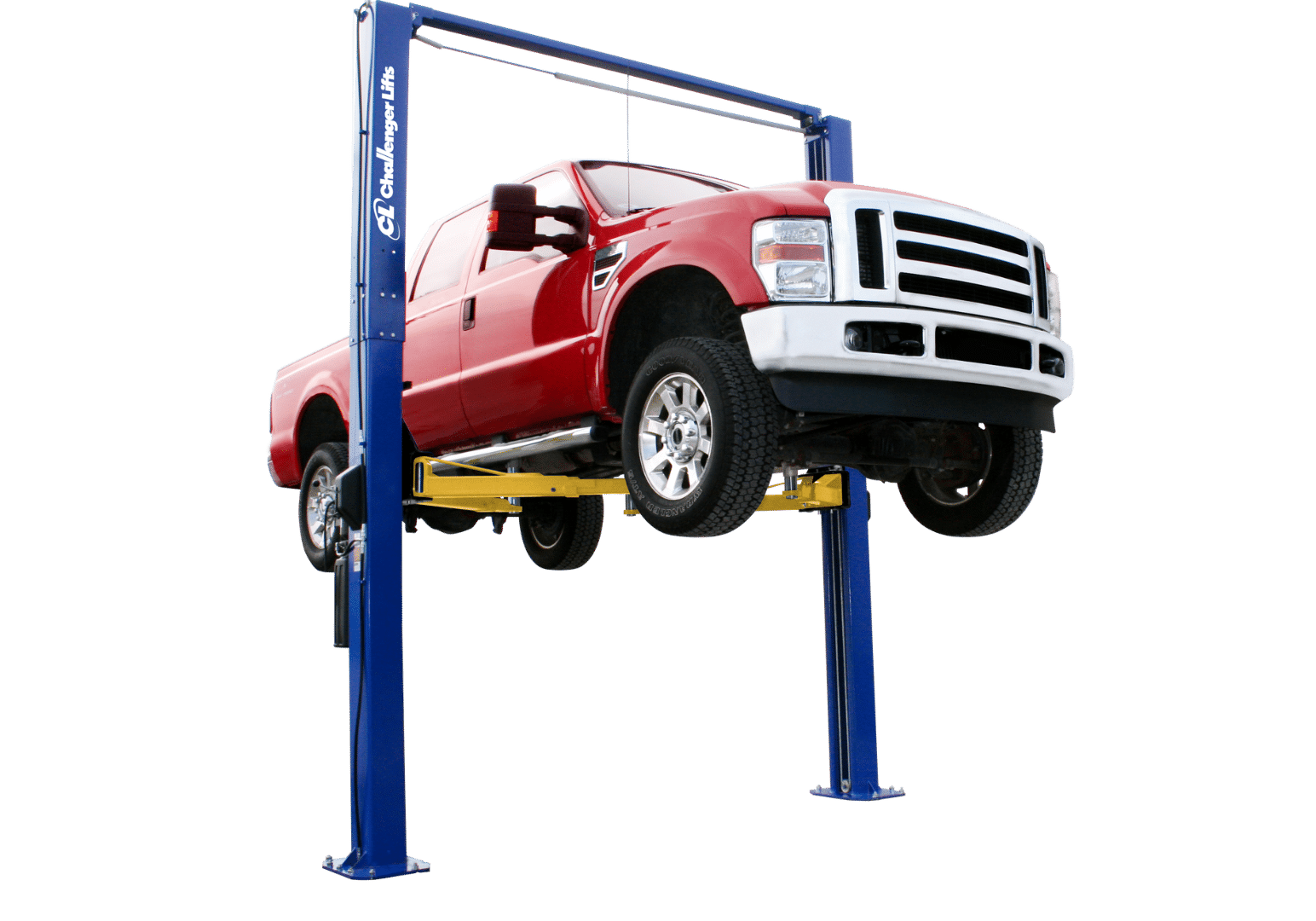How To Get a “Good Deal” When Buying a New or Used Car

Getting a “Good Deal” on a new or used vehicle isn’t challenging.
©2022 Schnell Auto, Inc.
“Did I get a ‘good deal’ when I bought my car?” This is the single-most asked question that I face as an automotive expert (and former car salesperson), as most consumers are simply out of their element when buying a new or used vehicle – studies show that people wait about a decade to replace their cars and trucks, so unfamiliarity is to be expected.
The good news is that there is a straightforward answer to the question: “A ‘good deal’ is when both you and the seller are happy.” The bad news is that ensuring both buyer and seller are happy requires a bit more work.
But first, let’s be honest – nobody is worried about the seller. Most automotive retailers are skilled at selling new and used cars and trucks as this is their profession. Understanding the market, knowing current values, and the art of negotiation is their expertise – they do it daily, and they won’t complete a transaction unless they are satisfied that the deal is fair.
Yet buyers – regular consumers – need help. In the most basic sense, they need to know how to prepare themselves before going to a dealer. They need to know how to understand fair market values. And they need to be sure that their financing is fair. Make buyers comfortable with those three things, and they will drive away happy – they have experienced a “good deal.”
Do Research Before You Shop
Buying a new or used vehicle should never be an impulse purchase. Before setting foot into a dealership, come up with three or four cars of interest. Then, do research online to review specifications, fuel economy, and find what owners think about their vehicles (there are owner forums for just about every vehicle on the market – pay close attention to trim levels, as satisfaction often varies based on optional equipment).
There are excellent sites for new vehicle shoppers, including Kelley Blue Book, Edmunds, and Car and Driver. There are also excellent sites for used vehicle shoppers that include CarGurus, Autotrader, and iSeeCars. These sites allow the user to research features, fuel efficiency, retail prices, and used prices (find three or more similar used vehicles for sale privately, and you have a solid grasp of the used car market).
After researching vehicles and armed with a few good choices, test drive – not just one, but several vehicles. I usually suggest test driving no fewer than three vehicles (tell the salesperson that you have an appointment, so you can’t stay for very long – this dissuades them from trying to negotiate on your first visit). Take your time, too, as buying a vehicle is a big purchase.
Arrange Financing Before You Negotiate
The dealership will happily finance your new or used vehicle purchase. Unfortunately, dealer rates are typically much higher than you can get if you go to your bank or credit union. Wise shoppers contact their financial institution before they walk into the dealership and inquire about applying for a new or used auto loans (in most cases, the application may be completed online or over the phone). There is no need to be actively purchasing a vehicle (tell the bank that you are shopping and would like to pre-qualify for a loan). And there is no obligation – if you don’t buy a vehicle, the loan application will expire.
After negotiating the sales price with the dealership, inquire about their interest rate (compare that rate to the rate you have already received from your financial institution). In most cases, the dealership will lower their interest rate to match or beat a bank or credit union, ensuring that you have been offered the lowest rate possible.
Shop More Than One Dealership
Visiting only one dealership is one of the most common problems most shoppers make. While this is next to impossible when shopping for used vehicles, those looking for new cars or trucks need to visit at least two different dealerships – ideally three – to gauge sales practices and selling prices.
Shoppers living in large metropolitan areas, such as Los Angeles or Dallas, will find it easy to visit several retailers of the same brand within a few dozen miles of each other. Those in more remote areas should focus their attention on online shopping – every new vehicle dealer will have a website that allows shoppers to reach out for quotes. Shop two or more, at minimum.
With a bit of homework, simple research, and a pre-qualified loan, negotiating for a new or used vehicle will be easier and more comfortable – for all involved. The sellers will find the transaction easier, and buyers will never be left wondering, “Did I get a ‘good deal’ when I bought my car?”








